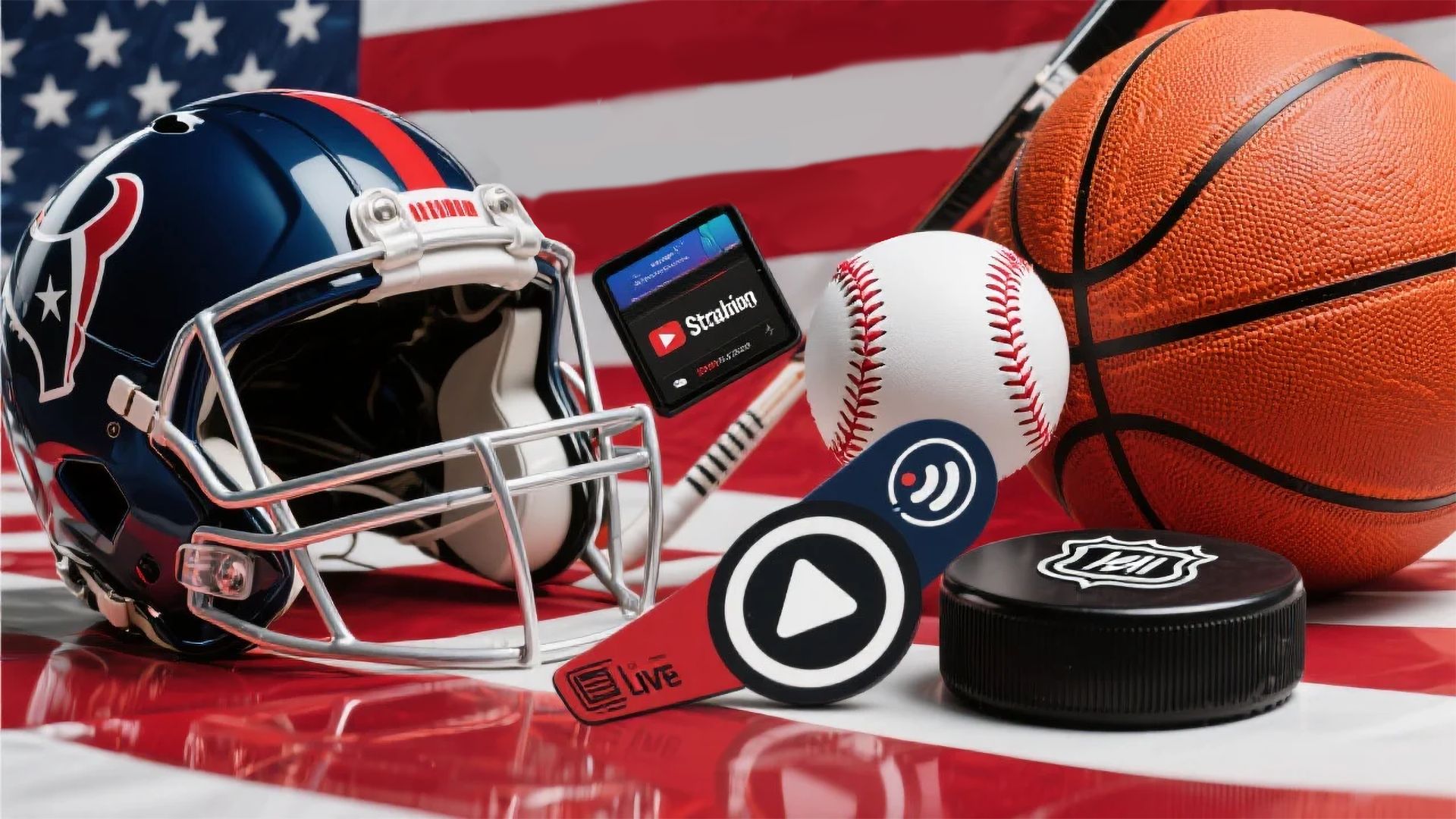The future of how professional sports is broadcast and consumed continues to change. And it shows no signs of stopping. We see evidence of this each and every year, as professional American sports leagues like the NFL, NBA, NHL, MLB and MLS, among many others, expand the ways in which their live events are aired. It used to be that you’d have to sit in front of a television, now, you can watch games and matches from basically any device with a screen, across a bunch of different platforms and apps. Heck, you can even watch events with certain sportsbooks, such as while using the MyBookie mobile app, just to give one example.
Still, even as consumption has become progressively more decentralized, it has usually retained an air of familiarity. Major networks were always involved to some extent. If you aren’t watching on a specific channel, you are using one of their mobile apps, or one from an affiliate. Slowly, but surely, even that is changing. And we have seen this bear out with each new media rights deal.
The NFL, for instance, can now be watched on Amazon. Meanwhile, the most recent league to sign a new media rights package, the NBA, has a structure in place that will see certain games broadcast on Amazon as well, in addition to the NBC-owned Peacock. Both leagues, along with many others, also have partnerships in place with YouTube.
Many view this as the limit of decentralization. But what if it’s not? There are faint, along with not-so-faint, hints that pro sports could eventually wind up following in the footsteps of esports leagues, and tailoring not only certain content but actual events to platforms like Twitch, Kick, YouTube Live, etc.
The NBA could be at the forefront of changing how live sports are consumed
A few years ago, amid the decline of regional sports networks and frustration with the cover delivered by major media partners, the NBA rolled out alternative broadcast options within their application. For those who subscribed to their League Pass product, you could watch the regular home or away broadcasts, but for certain games, you would also have the option of tuning into separate feeds that featured marquee podcasters, bloggers and influencers providing their own play-by-play and analysis of the game.
This alternative form of consumption has spread almost like wildfire. A company called Playback.tv now exclusively traffics in these types of broadcasts. Instead of watching the regular programming, users with the necessary cable, app or product subscriptions can log in, watch along with podcasters and analysts while listening to their commentary and participating in live chats, as well as join question-and-answer sessions.
This setup almost perfectly models what streamers do on Twitch or Kick, albeit with an entirely different product. The approach has also trickled over to major networks, in addition to other sports.
For instance, ESPN now offers what’s called the ManningCast, an alternative broadcast for its Monday Night Football Games, in which you watch along with Peyton Manning and Eli Manning. We have also seen ESPN lean into the type of coverage for tentpole sporting events, particularly when it comes to the NBA and NFL drafts.
What’s more, the United States’ second-biggest sports website, Bleacher Report, recently relaunched a redesigned mobile app. Users familiar with the look, feel and function of Twitch will feel at home inside it. The app’s feed is now populated with livestreams and clipped videos of podcasters and social media influencers delivering takes on timeline news and events. The primary difference from Twitch is that B/R peppers written content into the running feed.
This raises an interesting question: Could this all result in professional sporting leagues eventually favoring deals with live-streaming services over traditional media companies?
Will professional sports lean into livestreaming over legacy media companies?
Right now, despite pro leagues and certain media companies leaning into the parasocial experience of livestreaming, there’s a long way to go between dabbling in such content and relying entirely on it.
It is interesting to see how esports leagues have approached Twitch, YouTube Live, and Kick broadcasts. Through community casting (sometimes named co-casting or co-streaming) tournament organisers allow independent streamers to run their own broadcast of the matches. This results in popular influencers bringing their audience into the esport and having full access to show the matches on their stream, whilst also having a professionally run main broadcast for fans that are looking for a more traditional feel.
This rise in co-casting has led to some viewership highs in esports. As reported by Esports Charts, the League of Legends World Championship hit a record high Peak Viewership thanks to fans across multiple livestreaming platforms (YouTube and Kick), and multiple languages.
Though some platforms, such as Kick, may be a long way off from being a destination for places like the NBA and NFL, other live-streaming products don’t seem all that far off. And even Kick may overcome the stigma attached to it given the proliferation of legal sports betting in the United States. The industry reported over $13 billion in revenue for the 2024 calendar year, up from around $11 billion in 2023. These figures are only supposed to keep rising, and sportsbooks are already throwing their financial weight around by striking sponsorships with media companies, sports franchises and pro leagues.
This is all to say: Traditional live-sports consumption isn’t going anywhere anytime soon. But it has changed, and by all accounts, will continue to change. So we can’t rule out live-streaming becoming a core part of how pro sports operates in the distant, maybe even near, future.
